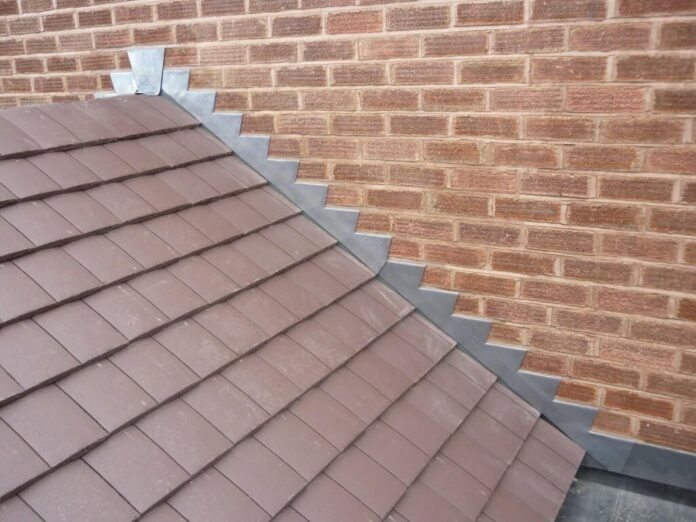Homeowners usually don’t give much thought to the home’s roofing components. However, one of the most crucial functions of a home is to protect you from the elements, especially keeping water out, which your roof accomplishes incredibly. A properly waterproofed roof can help you prevent significant problems like rot, mold, and structural damage. While getting a new roof replacement in Long Beach, roofing contractors place flashing into the property’s roof structure to ensure waterproofing and keep the damaging rainwater out.
We’ll look in this post at roof flashing, including why it’s vital, the core features, and more.
What is Roof Flashing?
Roof flashing is a thin metal sheet that roofers install to deflect water away from specific areas of your roof, including walls, chimneys, and roof valleys. It is an essential roofing material that every roof must have. However, if all these areas aren’t properly sealed, they can encourage moisture, making it challenging to create an entirely watertight connection between two metal items or products.
Since the intersections compress and expand with fluctuations in humidity and temperature, it may also be hard to seal penetration points. Hence, instead of depending on sealants, roofing specialists employ flashing as part of a home’s total weather-resistant barrier system. Flashing is a device and process for keeping water out of a structure while sealing it and enabling mobility. Engage an experienced, professional, reliable roof contractor Downey to perform the roofing task effectively and satisfactorily.
Why is It Vital to Install Flashing?
Gravity, wind pressure, and surface tension are the mechanisms by which flashing keeps water out of a roof structure. It can be placed similarly to shingles or sealed to act as a single continuous surface. In either case, it intends to use surface tension to prevent water from entering a property.
Flashing diverts water, penetrating damp, and debris build-up away from probable penetration locations, depending on its use. It is also used on leaky surfaces to offer weather resistance to wall cladding, and to keep gutters from overflowing, which can cause damage and stimulate the growth of harmful fungi.
What Are the Core Features of Flashing?
Flashings are a vital component of any property’s design or remodeling, both functionally and aesthetically. Engaging qualified roofing contractors or roofing companies Pasadena are essential when it comes to designing, cutting, and fastening flashing. They are also aware of the following essential aspects of flashing guidelines:
Customization:
Even though identical metal roof flashing processes are utilized for different cladding profiles, flashings are often developed and fabricated from coil or flat sheets and customized to fit unique applications. If flashings need to match the color of the cladding sheets, pre-painted coils or flat sheets created by the same manufacturer using the same procedure should be used to minimize fading and assure appropriate color matching.
Material Compatability:
Flashings and other accessories should be made of the same material as the roof or walls of a property. Incompatible materials, such as treated wood, solvents, and cleaning agents, can harm coated steel items, causing rapid corrosion.
Flashing Fasteners:
Flashing fasteners eliminate flutter and noise while preventing metal cladding from bending or breaking under varying pressures. All roof cladding edges other than gutters must have flash fasteners on both faces, and the building’s wind load determines the number and spacing of these fasteners.
Resistance to Wind Force:
Wind exerts significant strain on both the underneath and the topside of roof cladding. Inward pressures might cause it to fall inwards. Positive wind pressure from within the structure causes outward forces. On the contrary, negative wind pressure outside the building causes inward forces, separating the cladding from its framework and the complete roof structure from the rest of the building. Therefore, the roof framework, battens, claddings, and flashings must be correctly installed to withstand these stresses.
